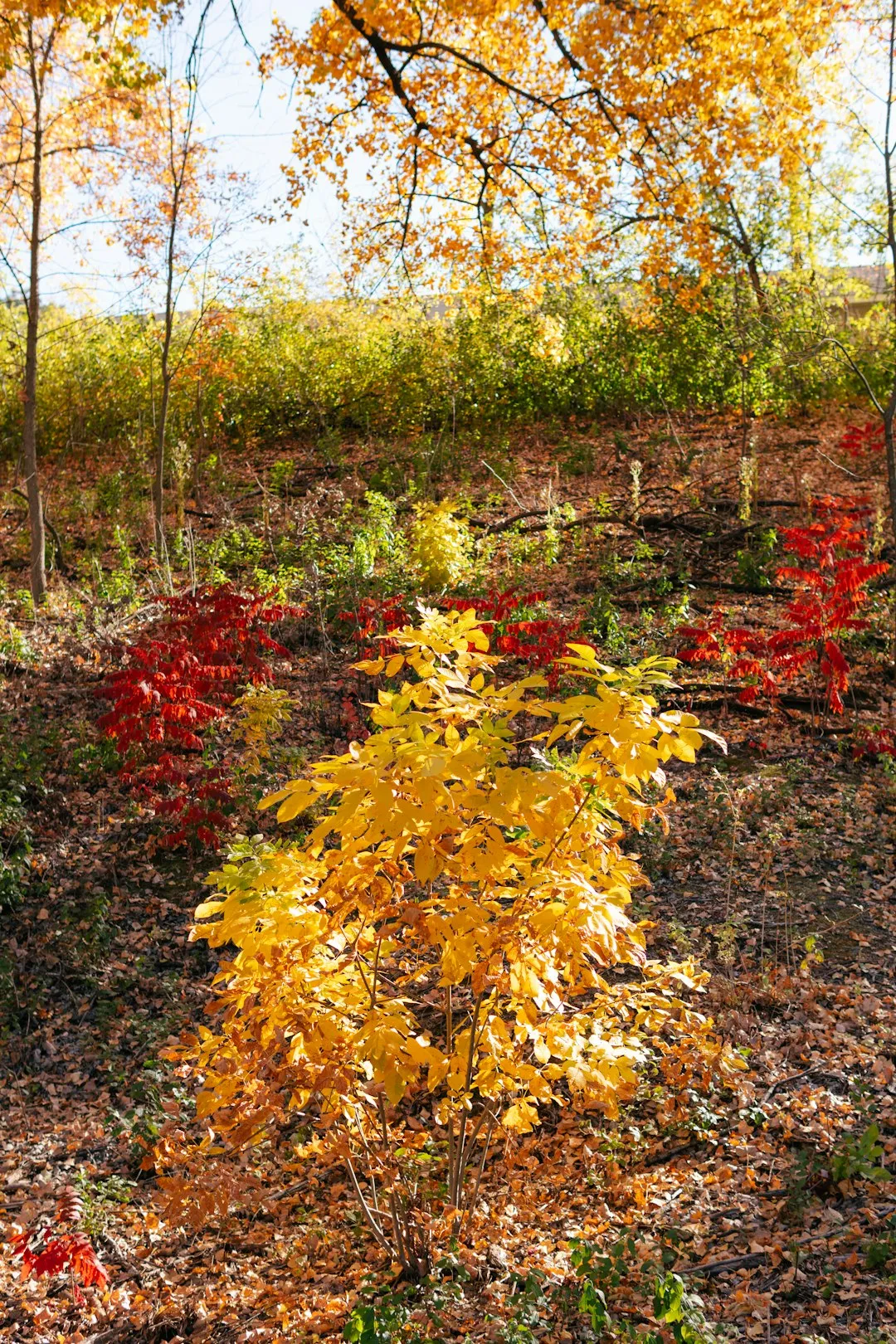Unveiling the Secrets of Birch Tree Growth

Birch trees are a captivating addition to any landscape, whether it's a sprawling suburban yard or a more compact garden. While many envision tall, stately birches, there are also smaller varieties that are perfect for those with limited space. In this article, we'll explore the key tips for growing a birch tree successfully.
First and foremost, choosing the right variety of birch is crucial. As mentioned, there are both tall and smaller options available. For suburban yards, varieties like the Dwarf Birch (Betula nana) or the Paper Birch 'Little King' can be excellent choices. These smaller birches typically reach heights of only a few feet to around 10 - 15 feet, making them more manageable in a smaller space.
When it comes to soil, birches prefer well - drained soil. They thrive in soil that is slightly acidic to neutral. Before planting, it's a good idea to test the soil pH. If the soil is too alkaline, you can amend it with sulfur or other acidifying agents. Additionally, birches like soil that is rich in organic matter. Incorporating compost or well - rotted manure into the planting hole can provide the necessary nutrients for healthy growth.
Sunlight is another important factor. Most birch trees require full to partial sun. They need at least 4 - 6 hours of sunlight per day to grow and develop properly. However, in extremely hot climates, some afternoon shade can be beneficial to prevent stress on the tree.
Watering is essential, especially during the tree's establishment period. Newly planted birches need regular watering to keep the soil consistently moist but not waterlogged. A deep watering once or twice a week is usually sufficient, depending on the weather conditions. As the tree matures, it becomes more drought - tolerant, but it still benefits from occasional deep watering during dry spells.
Pruning is also an important aspect of birch tree care. Pruning should be done during the dormant season, typically in late winter or early spring. This helps to remove any dead, damaged, or diseased branches. It can also shape the tree and promote better air circulation, which reduces the risk of fungal diseases. When pruning, make sure to use sharp, clean tools to prevent the spread of diseases.
Fertilizing a birch tree can enhance its growth and health. A balanced, slow - release fertilizer can be applied in the spring. Follow the manufacturer's instructions for the appropriate amount based on the size of the tree. Over - fertilizing can be harmful, so it's important not to exceed the recommended dosage.
Birch trees are also susceptible to certain pests and diseases. Aphids, birch leafminers, and bronze birch borers are common pests. Regular inspection of the tree can help detect these pests early. For aphids, a strong stream of water can often dislodge them. For more serious infestations, insecticidal soaps or horticultural oils can be used. As for diseases, fungal diseases like leaf spot and canker can occur. Proper pruning and good air circulation can help prevent these diseases. If a disease is detected, appropriate fungicides may be necessary, but it's best to consult a professional arborist for advice.
In conclusion, growing a birch tree can be a rewarding experience. By choosing the right variety, providing the proper soil, sunlight, water, and care, you can enjoy the beauty of these trees in your own yard. Whether you opt for a tall, majestic birch or a smaller, more compact variety, following these key tips will help ensure the health and longevity of your birch tree.